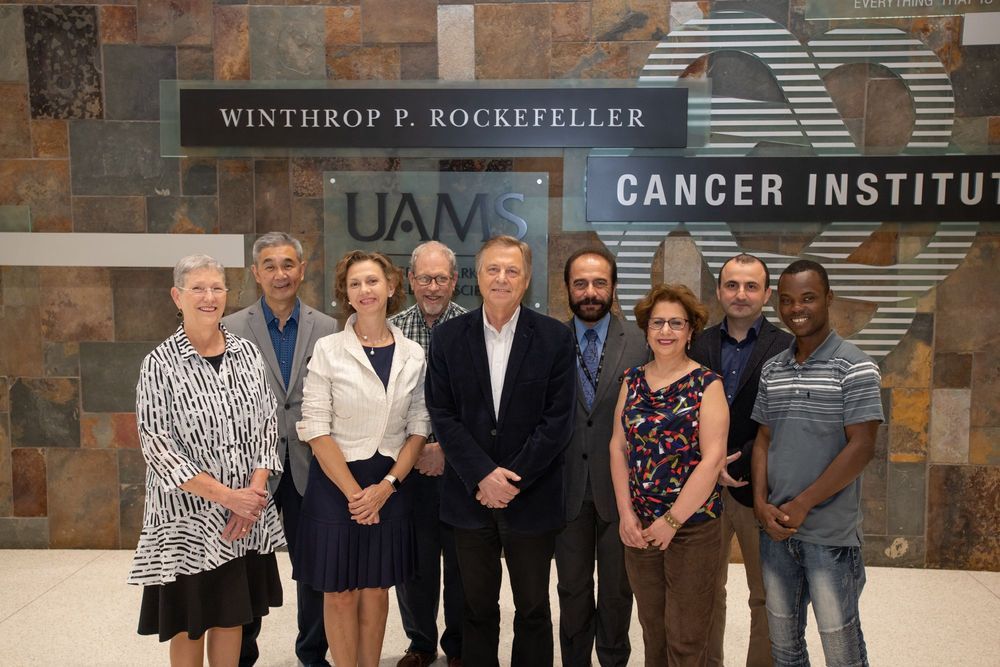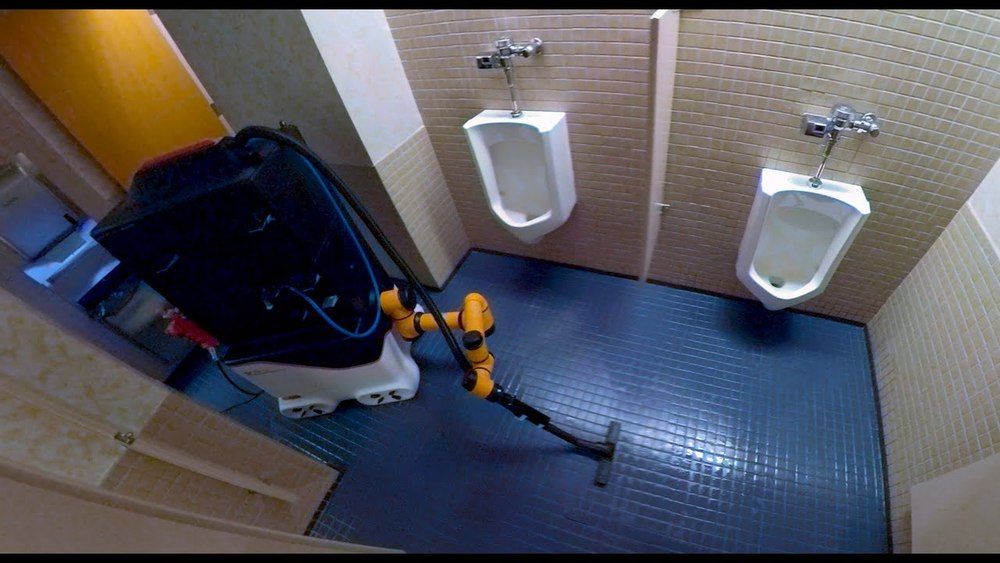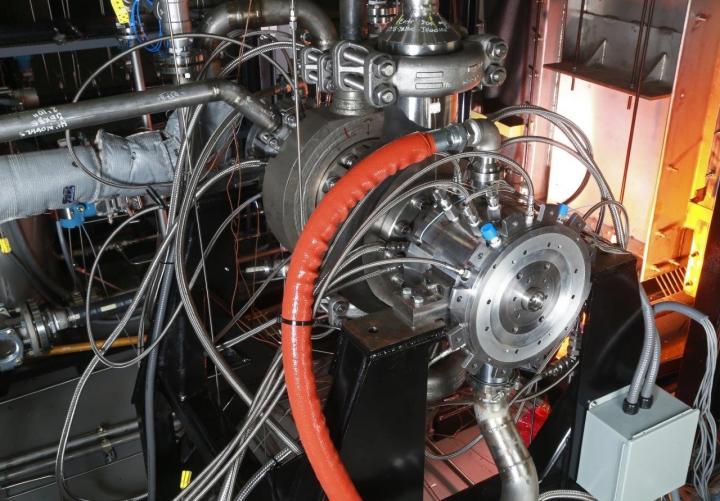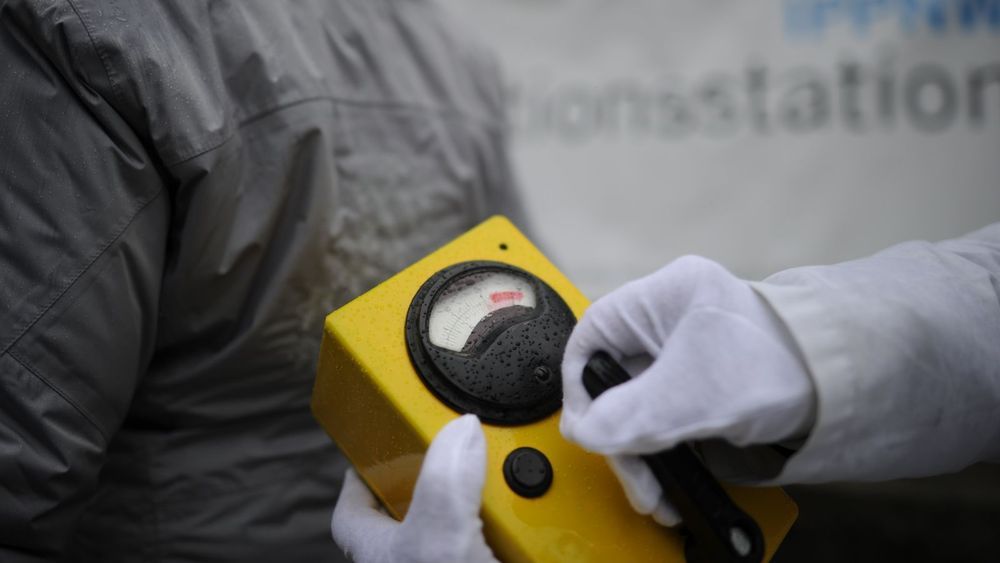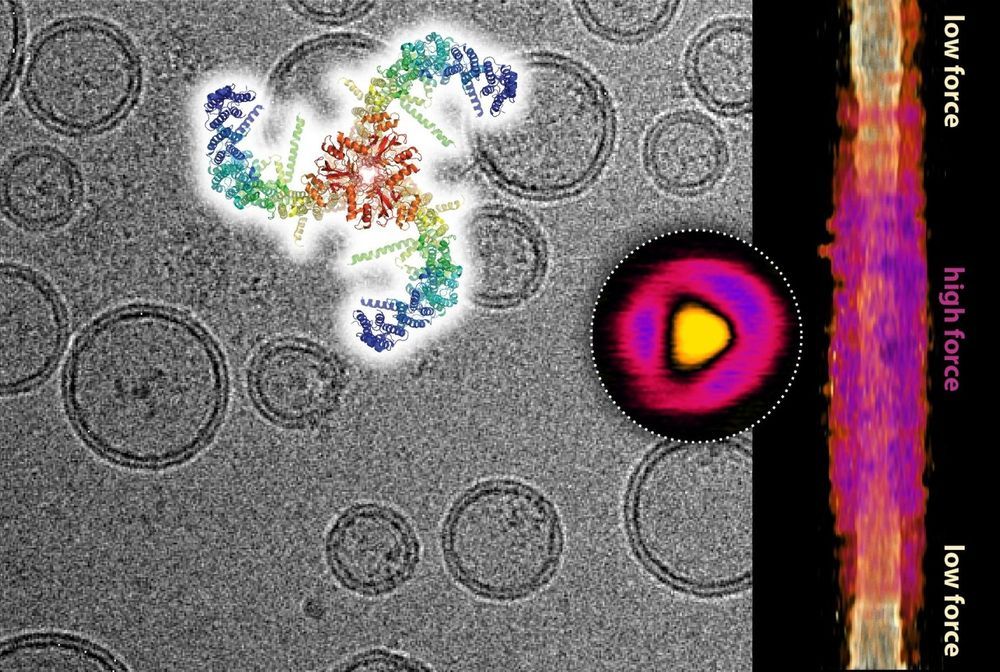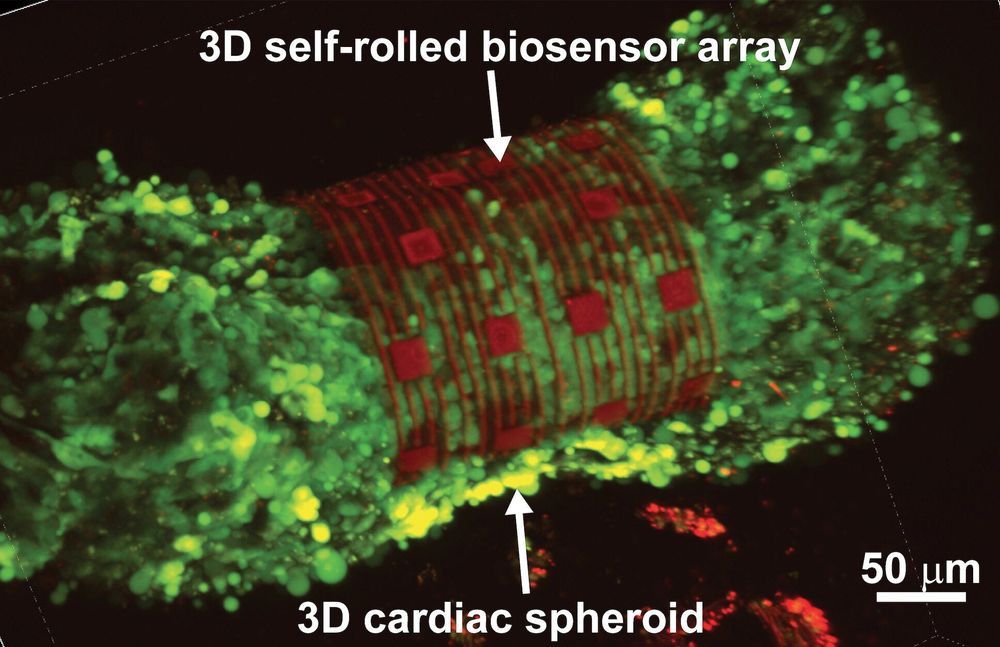Aug 25, 2019
UAMS-Developed Cytophone Detects Melanoma in Earliest Stages, Could Prevent Fatal Disease Spread
Posted by Omuterema Akhahenda in category: biotech/medical
This device is 1,000 times more sensitive than other methods at detecting of CTCs in the blood of patients with melanoma, a deadly form of skin cancer.
The Cytophone also has shown the ability to detect CTCs even when the tumor is not identifiable on the skin, either because too small (known as the T0 or TX stage) or after surgical removal, and then to destroy them without harming surrounding blood cells.
The team’s findings titled “In Vivo Liquid Biopsy using Cytophone Platform for Photoacoustic Detection of Circulating Tumor Cells in Melanoma Patients” were published in the June 12 issue of Science Translational Medicine, a prestigious scientific journal published by the American Association for the Advancement of Science.
